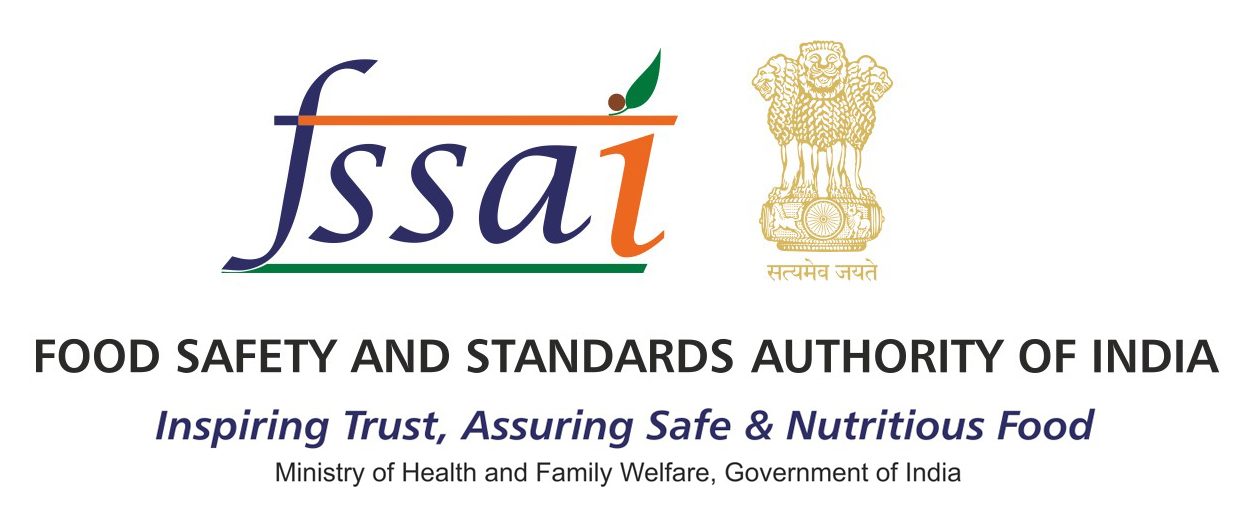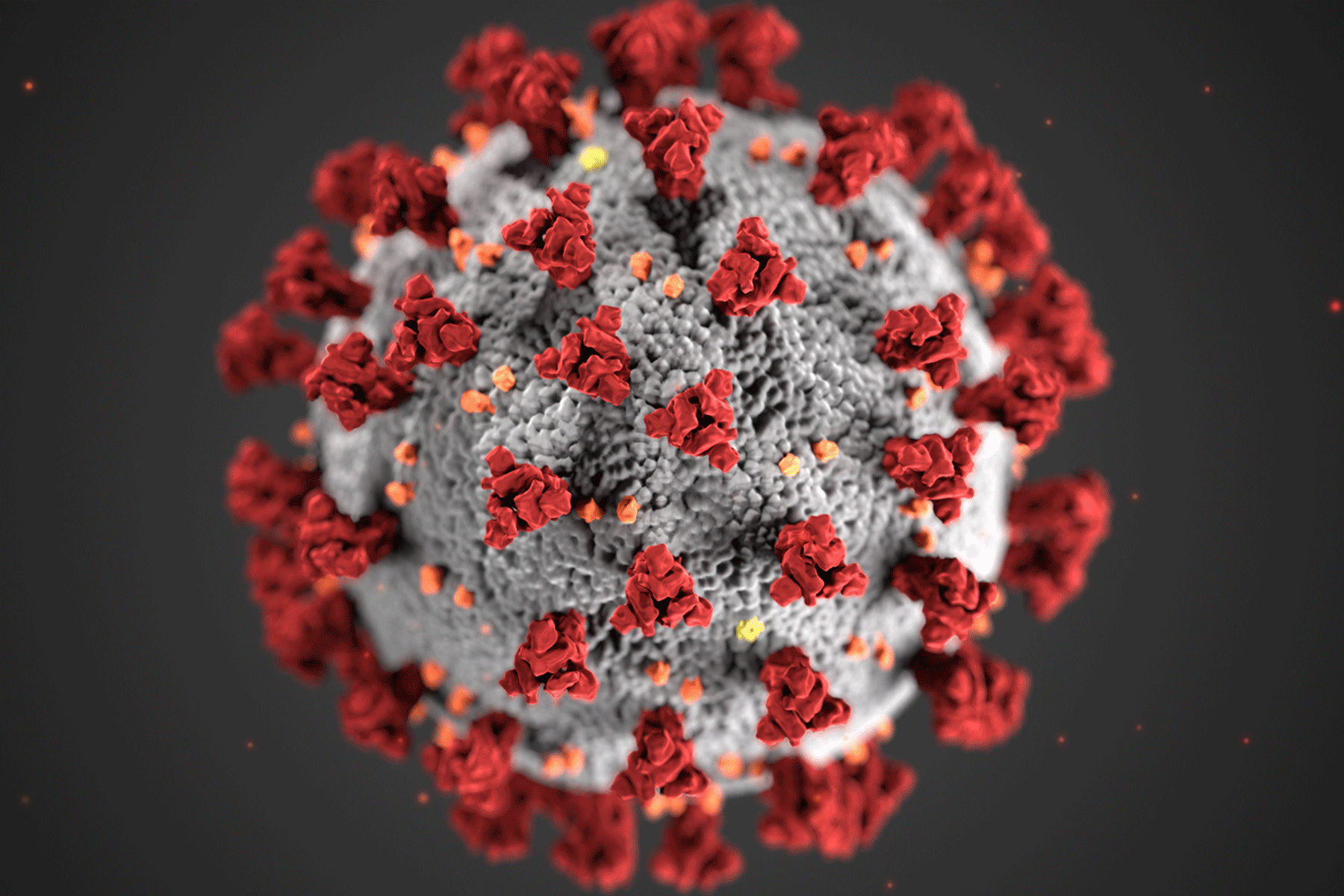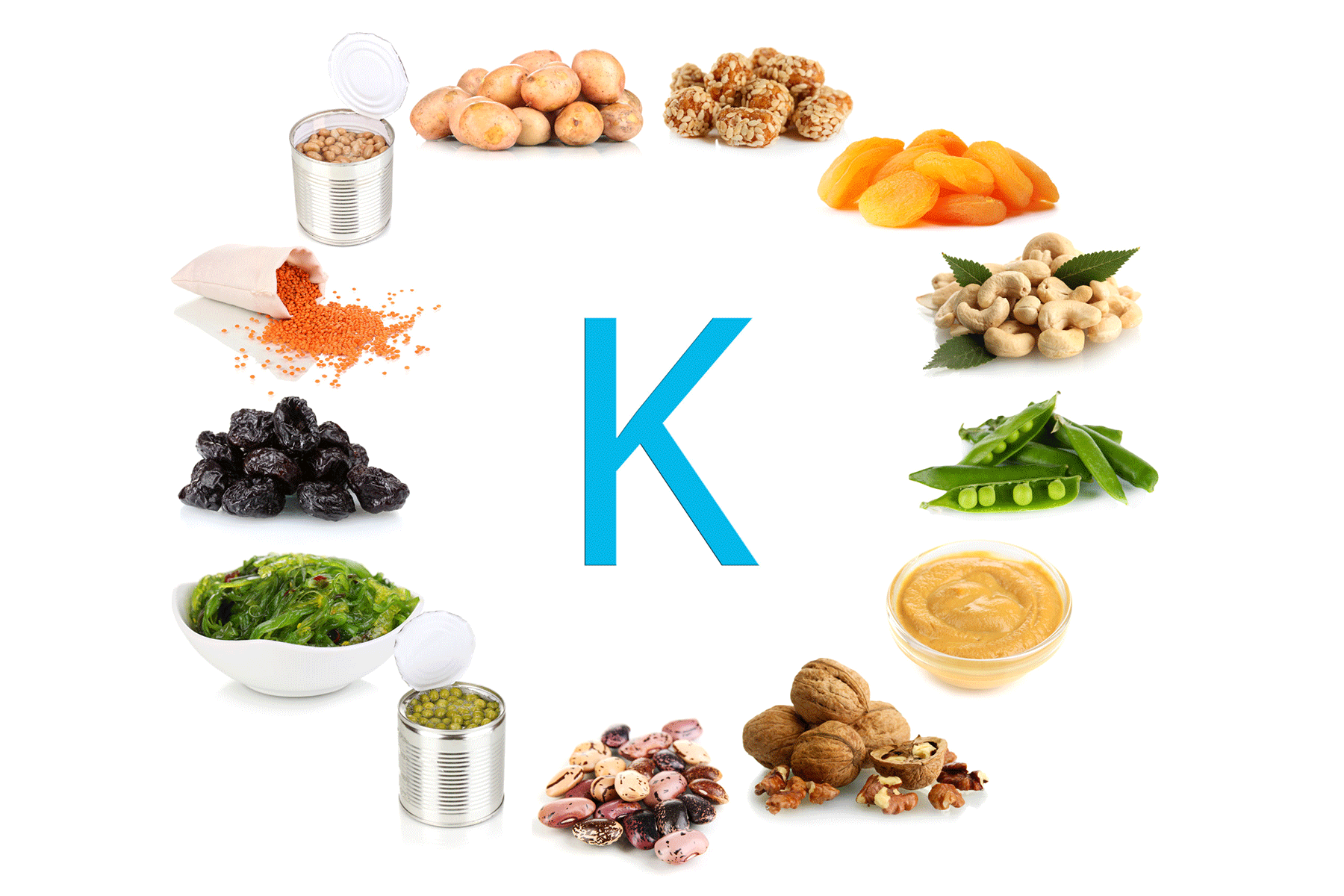 Food Manifest
Food Manifest
The house of resource for food safety.
FDA
- Home
- FDA

FDA Probes Pune Shop After Human Thumb Found in Laddus0
- A to Z, Food Hygiene, Food Safety, General, Health & Wellness, News
- June 25, 2025
Family Discovers Human Thumb in Laddu On June 1, Ramchandra Potkule from Gohegaon village purchased 250 grams of laddu and some bhel from Nityanand Hotel in Dimbhegaon, located in Pune’s Ambegaon tehsil. After sharing the sweets with his family, they were horrified to discover a human thumb embedded in one of the laddus. Several family
READ MORE
FDA Pune Intensifies Food Safety Checks Ahead of Palkhi Procession0
- A to Z, Food Hygiene, Food Safety, Health & Wellness, News
- June 23, 2025
Report As the annual palkhi procession begins, the Food and Drug Administration (FDA), Pune, has launched an extensive food safety drive to monitor and regulate temporary food stalls and prasad distribution along the wari route. FDA officials aim to prevent foodborne illnesses, especially during the monsoon, when the risk of contamination increases. FDA has deployed
READ MORE
US Food Brands Drop Artificial Dyes by 20270
- A to Z, Food Hygiene, Food Safety, Health & Wellness, News
- June 19, 2025
Report Two major US food companies — Kraft Heinz and General Mills — have announced plans to eliminate artificial dyes from their food products sold in the United States by the end of 2027. The move comes amid growing consumer concerns and scientific debate over the potential health effects of synthetic colours, especially on children.
READ MORE

Maharashtra FDA Targets Hidden Quick Commerce Dark Stores0
- A to Z, Food Hygiene, Food Safety, Health & Wellness, News
- June 19, 2025
Quick commerce companies promising 10–15 minute grocery deliveries are now under the Maharashtra FDA’s radar. After officials found serious hygiene violations at a Zepto warehouse in Dharavi, Mumbai, the FDA has intensified its search for hidden “dark stores” fuelling this rapid delivery model. Zepto Raided, Licence Suspended Last month, FDA officers raided a Kiranakart Technologies
READ MORE
Behind the Speed: Hygiene Gaps in Quick Commerce Dark Stores0
- A to Z, Event, Food Hygiene, Food Safety, Health & Wellness, News
- June 11, 2025
India’s booming quick commerce sector, known for delivering groceries and essentials within minutes, is now under intense scrutiny over serious hygiene lapses and food safety violations. At the heart of the issue are dark stores—warehouse-like storage hubs that stock and dispatch products for last-mile delivery. Once lauded for their role in fast retail, these facilities
READ MORE
FDA Shuts Down Unlicensed Blinkit Store in Pune0
- A to Z, Food Hygiene, Food Safety, Health & Wellness, Resources
- June 9, 2025
Report The Maharashtra Food and Drug Administration (FDA) has shut down a Blinkit-linked dark store in Pune for serious food safety violations. Operated by M/s Energy Darkstore Services near Mitcon College, Balewadi, the store was found distributing food without a valid license under the Food Safety and Standards Act, 2006. Acting on a consumer complaint,
READ MORE
Latest Posts
-

Deadly U.S. Listeria Outbreak Tied to Contaminated Pasta Meals
- A to Z
- November 4, 2025
-
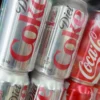
-
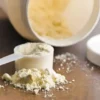
-

J&K Food Raids Find Carcinogenic Synthetic Colours in Meat
- A to Z, Food Hygiene, Food Safety, Health & Wellness, News
- September 24, 2025
-
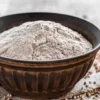
FDA Targets Unlicensed Buckwheat Sellers Before Navratri
- A to Z, Food Hygiene, Food Safety, News
- September 13, 2025
